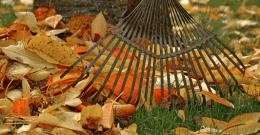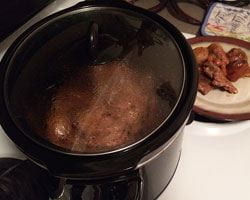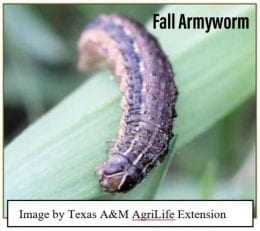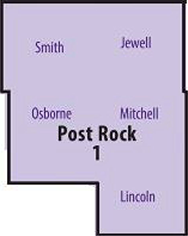Come learn how to tidy up your garden for the season! We will cover topics such as garden and flower bed clean up and preparing trees and lawns for the winter season.
Thursday, October 14  at 6:30 p.m. Smith County Courthouse Meeting Room 218 S. Grant St. Smith Center, KS
at 6:30 p.m. Smith County Courthouse Meeting Room 218 S. Grant St. Smith Center, KS
- New and experienced gardeners are welcome, free to participate but please RSVP to Post Rock Extension, 785-738-3597 by October 7.
- For more information contact Horticulture Agents: Cassie Homan at choman@ksu.edu or Kelsey Hatesohl at khatesohl@ksu.edu
To register for this free program please fill out the following link or contact your local Extension Office: https://docs.google.com/forms/d/e/1FAIpQLSfPLvY2rZPxoRkD0bHZXJu1mCvmkcEiuuNwX3tqAbBmh2xI-Q/viewform?usp=sf_link
By: Cassie Homan
 e using your slow cooker, wash your hands, utensils, surfaces, and slow cooker.
e using your slow cooker, wash your hands, utensils, surfaces, and slow cooker.
 Sleep has a major impact on overall health and quality of life, including the way we feel, look, and perform on a daily basis. Your body needs sleep to repair muscles, consolidate memories, and regulate hormones and appetite.
Sleep has a major impact on overall health and quality of life, including the way we feel, look, and perform on a daily basis. Your body needs sleep to repair muscles, consolidate memories, and regulate hormones and appetite.


